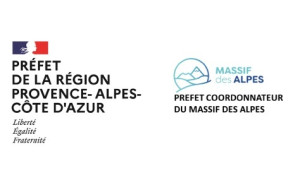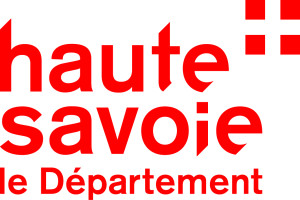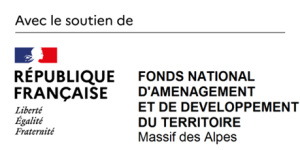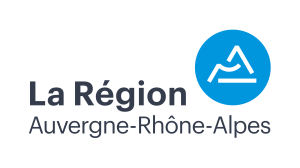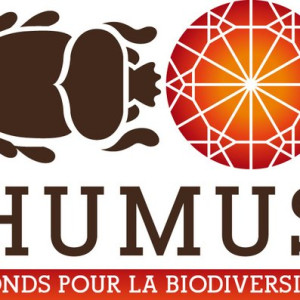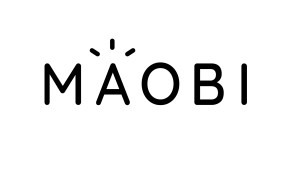The hidden camera of mountain animals
Monitoring animal activity is difficult in the often inaccessible mountain terrain. Phototraps are therefore an ideal tool for permanent monitoring of animal activity according to a repeatable protocol. Thanks to this network of around fifty photographic traps set up since 2018 between 1300 m and 2700 m on different slopes of Mont Blanc, CREA Mont-Blanc and its partners are analysing the seasonal variations in the use of different environments for each of the species contacted.
The scientific issues are:
- How do alpine species adapt to changes in their environment? Is the frequentation and use of different environments changing? If so, for which species and in which season? Does this have an effect on the vegetation?
- Does the abundance of species change over the long term? Which species are winning or losing from climate change?
- What is the impact of the reduction in the duration of snow cover, particularly on species that change colour between summer and winter (mountain hares, ermine, rock ptarmigan)? Do these species adapt their camouflage strategy by changing their moult date or by behavioural strategies?
With the Wild Mont-Blanc project, you will observe the emblematic species of the Alpine environment (chamois, ibex, marmot, mountain hare, red deer, roe deer, rock ptarmigan, black grouse, etc.) throughout the year and in all climatic conditions, right up to the high mountains. The identification of species by observing photos also contributes to the improvement of an automated identification model. Participatory science and artificial intelligence are combined in this Wild Mont-Blanc programme to produce reliable naturalist data, which can then be used to answer various scientific questions.
Target audience
Region
Season
Implementation time
About 1 minute per photo
Naturalist difficulty
- Naturalist
- Novice
Involvement
Every observation, even occasional, counts
Species concerned
Access to study site
Equipment
computer or tablet
The protocol
1 Discover
Go to the Zooniverse page of the Wild Mont-Blanc project to create a user account. Click on Classify, a tutorial (FR/EN) will appear explaining the procedure to follow.
2 Classify
Then start identifying your first photos! If you have any doubts, it is possible to submit the photo on the discussion forum to get the opinions of other participants.
The identifications made will be analysed by statistical processing and some photos without consensus will be assessed.

